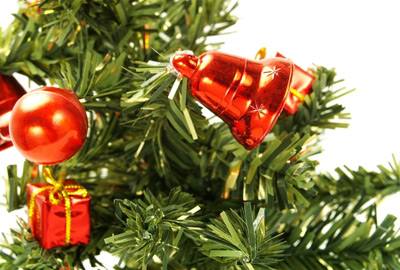
Many people get an artificial Christmas tree because they have allergies, or otherwise find that real Christmas trees are not acceptable in their households.
But artificial trees pose some health risks that go beyond allergies. When it comes to fake Christmas trees and your health, think about some of the following issues before you purchase one or b
ring it out from storage.
Chemical Warnings
Some artificial trees are required to have a label warning about their chemical content. The label warns about the tree’s chemical content, noting lead specifically and its tendency to cause birth defects. It concludes with instructions to wash your hands after handling. That’s important information, considering you will be handling the tree a lot while assembling it, and so will your children as you decorate it.
1. PVC
The plastic components of artificial trees are often made from PVC (polyvinyl chloride). This form of plastic is being phased out by several big retail stores due to its potential toxicity. Dioxin, a carcinogen (particularly linked to breast cancer), is also known to cause reproductive disorders. It is emitted when PVC is incinerated or burned. Hot Christmas light bulbs against the plastic tree needles are something to consider – could they be giving off dioxin vapors?
PVC also contains softeners called phthalates. When phthalates are used indoors, they may encourage the development of childhood allergies and autism. Because phthalates are similar in structure to human hormones, they can disrupt normal hormone function.
Exposure to out-gassed vinyl chloride, the “VC” of PVC, has been implicated in liver cancer.
PVC products cannot be safely disposed of. Throwing them into the trash means they end up in landfills, leaching toxic chemicals and not biodegrading. They can’t be burned due to the toxic chemicals that are released in burning. While a fake Christmas tree is said to last about six years, they eventually do need to be disposed of, and doing so safely and responsibly is a problem.
Remember that workers are exposed to these chemicals when they participate in the manufacture of these trees. Also, these chemicals are released into the air and possibly the water when the fake trees are made.
2. Lead
Typically used as stabilizer in the manufacture of PVC, this heavy metal is a well-known toxin. While it is said that Chinese laws require that tin, not lead, be used in the making of PVC, there are plenty of trees on the market and in homes that were manufactured before that law went into effect.
3. Dust
Artificial trees become dusty, and cleaning them is difficult. Some sources warn that the dust falling from the tree can be laden with lead.

